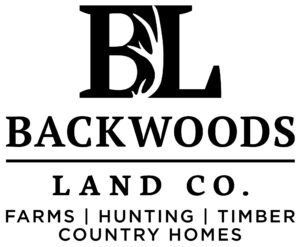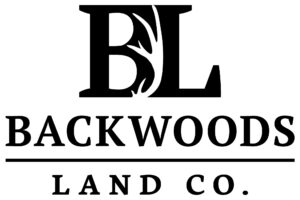As a real estate professional, I have come across many properties that have additional land that is not necessary to support the existing improvement. This additional land is either considered as Excess Land or Surplus Land, and understanding the difference between these two scenarios is crucial when it comes to determining the value of a property.
 Excess Land is land that is not necessary to serve or support the existing improvement but has a different highest and best use and can be separated and sold off. For instance, imagine a property with a main parcel and a vacant parcel adjacent to it with easy road access. This vacant parcel is considered as Excess Land as it has a different highest and best use and can be sold off separately. The additional land has the potential to contribute to the overall value of the property.
Excess Land is land that is not necessary to serve or support the existing improvement but has a different highest and best use and can be separated and sold off. For instance, imagine a property with a main parcel and a vacant parcel adjacent to it with easy road access. This vacant parcel is considered as Excess Land as it has a different highest and best use and can be sold off separately. The additional land has the potential to contribute to the overall value of the property.
On the other hand, Surplus Land is not necessary to serve or support the existing improvement, but it cannot be separated and sold off. Unlike Excess Land, it does not have a different highest and best use and may or may not contribute to the value of the overall parcel. An example of this would be a home situated on a larger than typical parcel with no direct access other than traveling over the main parcel.
When appraising a property, it is important to consider the highest and best use of the parcel as if it were vacant. This involves applying the highest and best use test, which considers whether the land is legally permissible, physically possible, financially feasible, and maximally productive. Based on the results of this test, the additional land can be determined to be either Excess Land or Surplus Land.
Excess Land typically contributes more value to the property as it has a different highest and best use and can be sold off, while surplus land does not have a separate value a

and may or may not contribute to the overall property. Additionally, it is important to consider the zoning regulations and deed restrictions when dealing with additional land, as they will play a role in determining the value of the property.
The photograph on the left is a clear demonstration of the differences between two pieces of land. One is narrow and lacking road frontage, while the other is expansive with ample frontage. This contrast highlights the important factors that must be considered when evaluating a piece of property.
It is important to note that this is just one example of the differences between excess and surplus land. The shape and frontage of a parcel can greatly impact its potential for development and overall value. It is up to the wise property owner to consider all aspects of a piece of land, not just its size, before making a decision.
When evaluating a potential piece of property, take a closer look at its shape and frontage. Consider its potential for supporting other developments and weigh the opportunities it presents. Remember, the value of a piece of land is not just in its size, but in its shape, frontage, and ability to support other developments.
Understanding the difference between Excess Land and Surplus Land is crucial for real estate professionals, as it will help them in determining the value of a property and providing the best advice to their clients.

